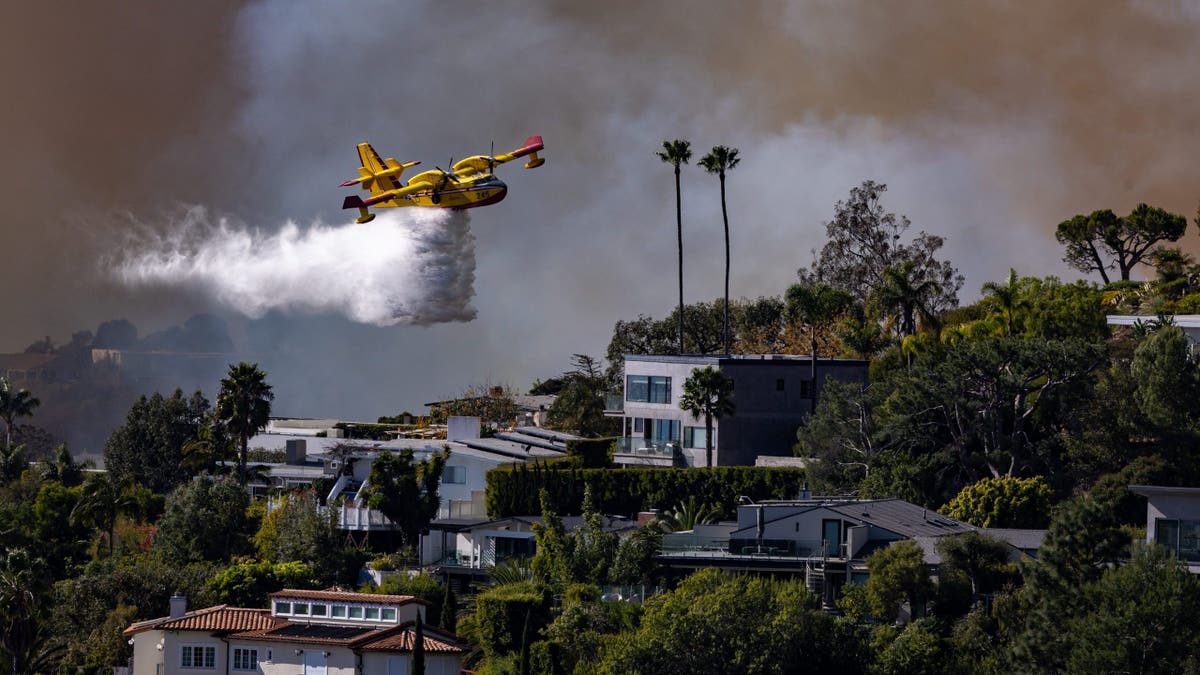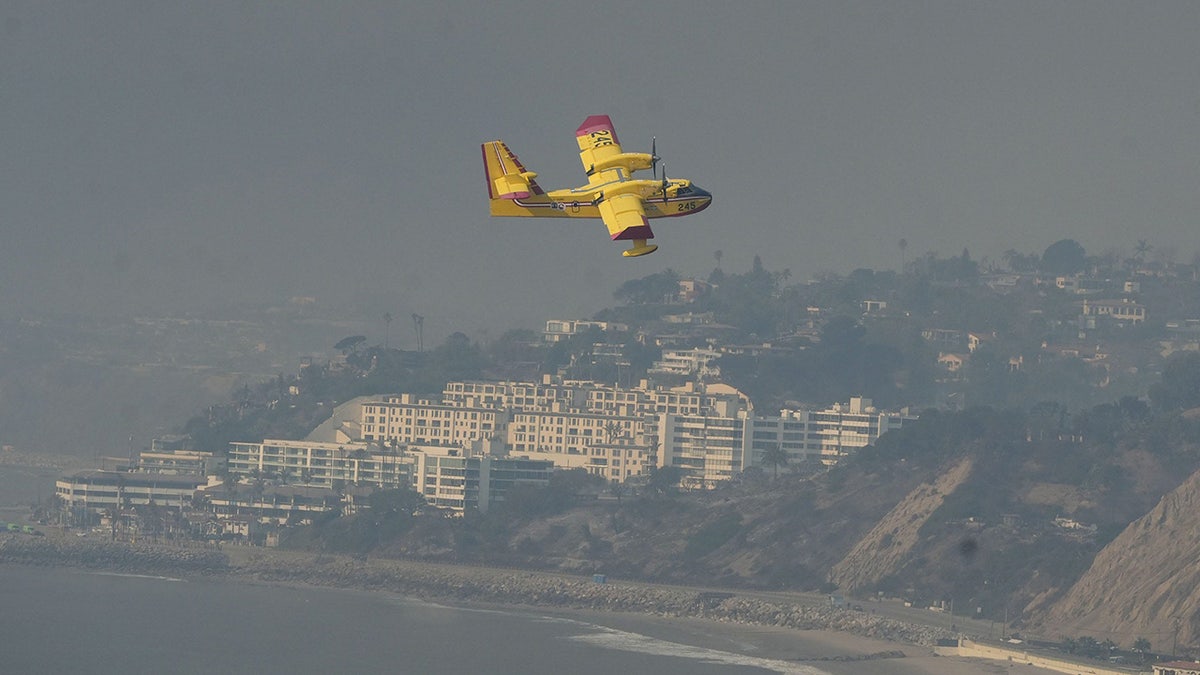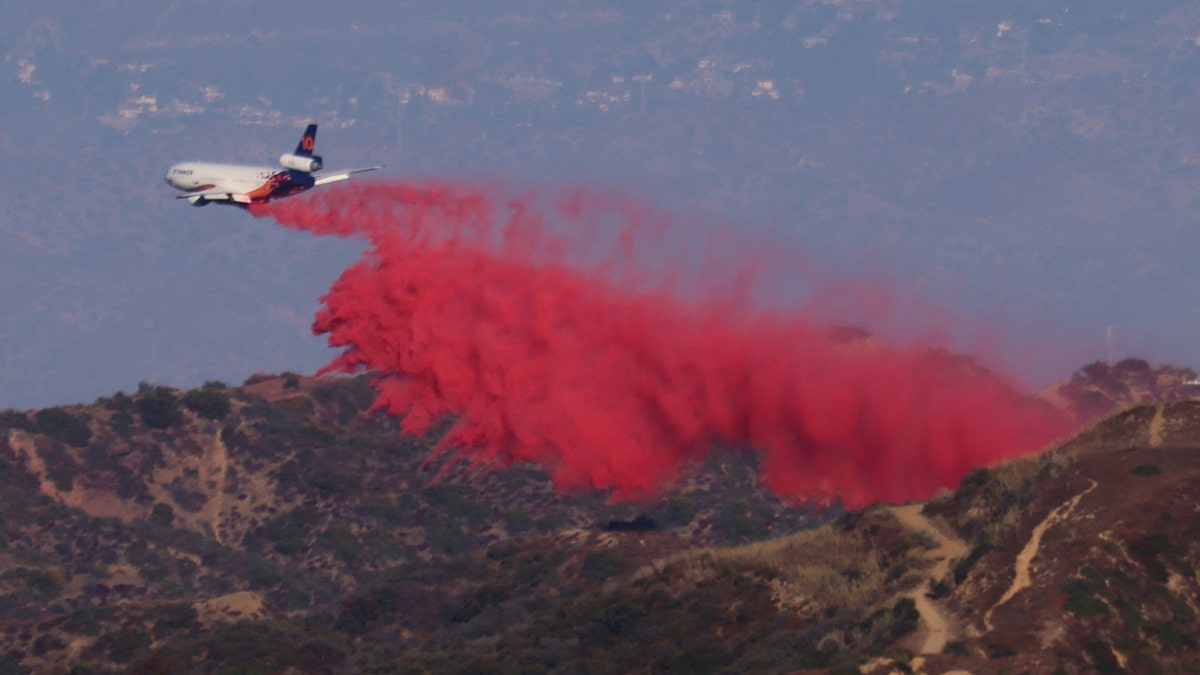California's devastating wildfires are being fought from above using a specialized fleet of aircraft. This aerial assault includes tactical planes directing the operation, air tankers dropping fire retardant, and helicopters strategically placing water. The state's aerial firefighting resources are extensive, with over 60 aircraft operating from numerous bases, ensuring rapid response times.

The workhorse of the fleet, the Grumman S-2T tanker, carries approximately 1,200 gallons of retardant. Larger C-130 Hercules aircraft can deliver around 3,000 gallons per drop. Helicopters, equipped with bambi buckets, offer precision water drops, crucial for targeting specific areas or protecting structures. These buckets vary in size, holding anywhere from 70 to over 2,000 gallons of water.

Beyond California's resources, additional support has arrived in the form of Canadair CL-415 Super Scooper planes and military C-130 Hercules aircraft equipped for firefighting. These Super Scoopers utilize a unique method, skimming water from calm bodies like the Pacific Ocean, although saltwater use is generally minimized due to its corrosive effects on equipment. While saltwater can damage fire hoses and pumps, its use is deemed necessary in extreme situations. Firetrucks, unlike hydrants, can utilize saltwater, but require extensive cleaning afterward.

Fire retardant, a mixture of water, fertilizer, thickener, and red dye for visibility, is strategically deployed ahead of the flames to slow their progression. This tactic provides crucial time for ground crews to combat the fire and safeguards homes and key access routes.
The pilots navigating these aircraft are highly trained specialists, often with military backgrounds. Rigorous training programs ensure they are equipped to handle the demands of aerial firefighting, including navigating challenging terrain, coordinating with ground crews, and understanding fire behavior.

Operating in hazardous conditions, these pilots contend with low altitudes, strong winds, limited visibility, and the presence of other aircraft. The recent Santa Ana winds initially grounded some firefighting efforts, highlighting the inherent risks. A drone collision with a Super Scooper further underscores the challenges faced in the air.
Comments(0)
Top Comments